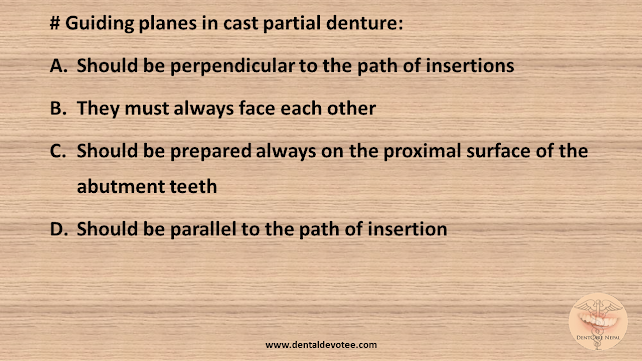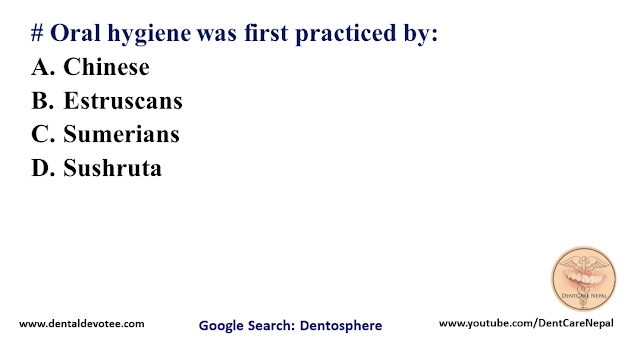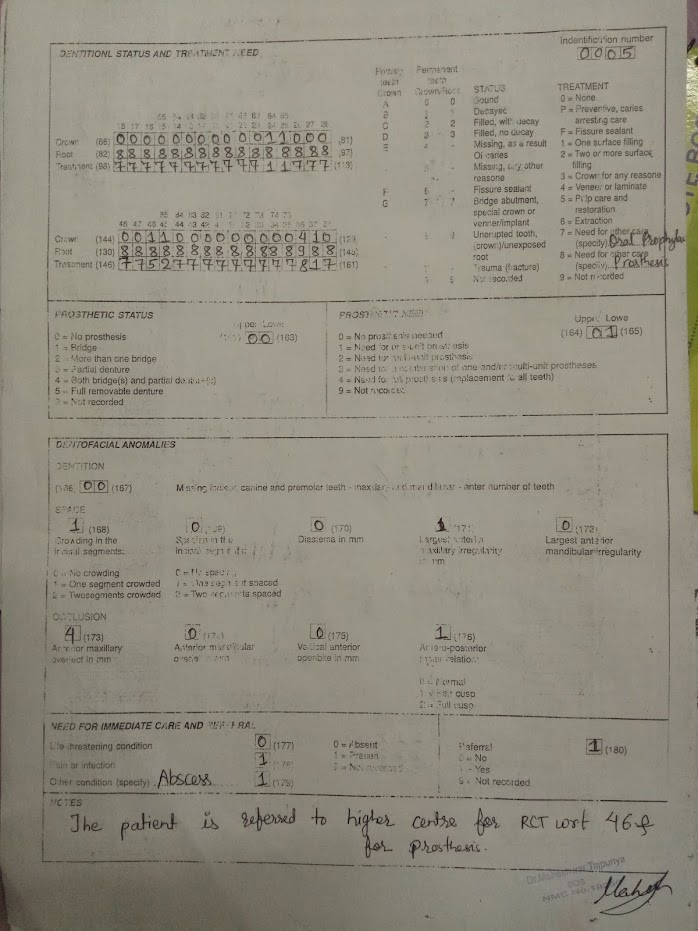# Arch length space for the eruption of permanent mandibular second and third molars is created by:
A. Apposition of the alveolar process
B. Apposition of the anterior border of ramus
C. Resorption of the anterior border of ramus
D. Resorption at the posterior border of ramus
The correct answer is C. Resorption of the anterior border of ramus.
Nowhere is there a better example of remodeling resorption than in the backward movement of the ramus of the mandible. The mandible grows longer by apposition of new bone on the posterior surface of the ramus. At the same time, large quantities of bone are removed from the anterior surface of the ramus. In essence, the body of the mandible grows longer as the ramus moves away from the chin, and this occurs by removal of bone from the anterior surface of the ramus and deposition of bone on the posterior surface.
In infancy, the ramus is located at about the spot where the primary first molar will erupt. Progressive posterior remodeling creates space for the second primary molar and then for the sequential eruption of the permanent molar teeth. More often than not, however, this growth ceases before enough space has been created for the eruption of the third permanent molar, which becomes impacted in the ramus.
Ref: Contemporary Orthodontics, Proffit, 4th Edition, Page no 47


















































